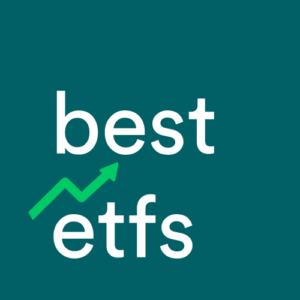If you’re considering getting exposure to the International shares sector, the VanEck Vectors MSCI International Sustainable Equity ETF (ASX: ESGI) might be one ASX ETF to watch in May.
What does the VanEck ESGI actually do?
The VanEck ESGI ETF provides exposure to sustainable international companies not including Australian or fossil fuel stocks.
Sub-scale funds under management
As at the end of last month, the ESGI ETF had $34.41 million of money invested. With a funds under management (FUM) or ‘market cap’ figure of less than $100 million, it’s important to consider if this ETF is still too small. We say an ETF with more than $100 million invested is typically more sustainable than one with less than $100 million (at least) because if an ETF is too small it may not be sustainable for an ETF issuer, such as VanEck. However, there are exceptions to this rule of thumb, especially if the ETF issuer/provider is committed to growing the ETF’s FUM to the point where it becomes profitable.
[ls_content_block id=”3409″ para=”paragraphs”]
Don’t forget the fees (and other costs)
With a yearly management fee of 0.55% charged by VanEck, if you invested $2,000 in the ESGI ETF for a full year you could expect to pay management fees of around $11.00. This does not include any performance fees earned by the ETF’s manager for doing a good job. For context, the average management fee (MER) of all ETFs covered by Best ETFs Australia on our complete list of ASX ETFs is 0.54% or around $10.80 per $2,000 invested. Keep in mind, small changes in fees can make a big difference after 10 or 20 years.
In addition to a yearly management fee, there are other costs investors must consider, including brokerage and taxes. A specific cost for ETF and mFund investors to consider is the buy-sell spread, which is the slippage or ‘invisible’ cost paid by an investor when he or she buys or sells the ETF. For the ESGI ETF, the most recent average monthly buy-sell spread we gathered (April 2020) was 0.76%. Remember, the lower (or ‘tighter’) the buy-sell spread, the better. This buy-sell spread was above the average ETF spread of 0.51%, which means the ESGI ETF has more slippage than the average ETF (that’s a bad thing).
Next steps
Before buying any ETF based on what you read here, feel free to read our free VanEck ESGI report. Then, search our complete list of ASX ETFs to do a proper side-by-side comparison of your chosen sector.
[ls_content_block id=”4954″ para=”paragraphs”]



